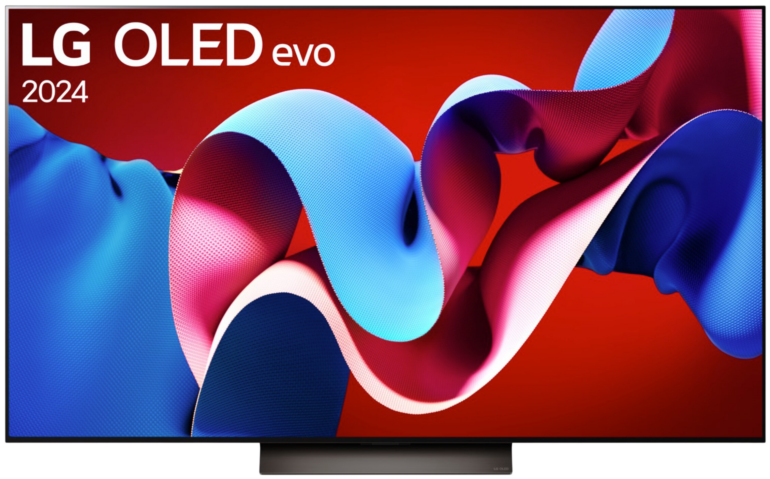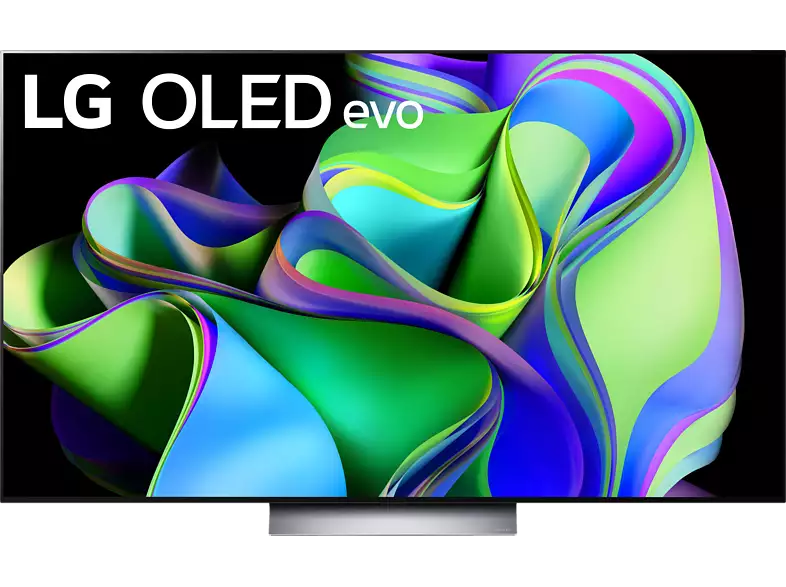LG NanoCell vs Samsung QLED TV comparison 2022/10
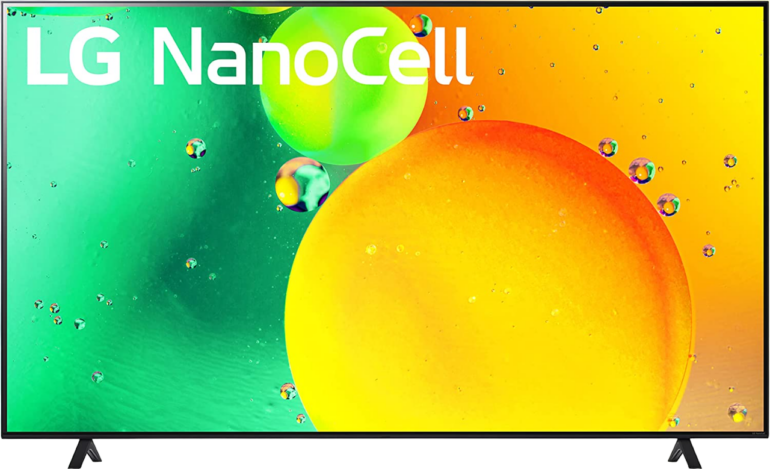

Hey! If you buy through our links, you support our project. It won't cost you a cent more! Many thanks in advance! ♥️
LG NanoCell and Samsung QLED compared – Which TV is better?
Detailed comparison: LG NanoCell or Samsung QLED
Advantages for the Samsung despite IPS panel
If your room is comparatively bright, both models will struggle. While the Nano75 has a comparatively low peak brightness, the TV scores slightly better than the Samsung in terms of reflection resistance. The Q60B has a slightly harder time in this area and therefore does not come to you with quite as little reflection. Nevertheless, the QLED TV can absorb smaller light sources relatively well.

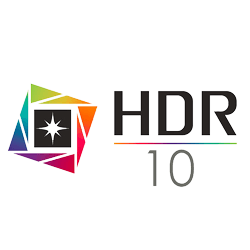




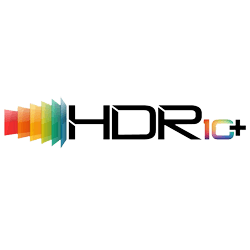
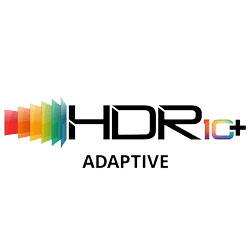
The advantage of the NanoCell
Generally, TV devices with installed IPSIn-Plane Switching, type of LCD Panel panels deliver good results in this category. This has technical reasons and is due to the alignment of the crystals on the screen. VAVertical Alignment, type of LCD Panel panels are at a disadvantage here because the structure is subject to a different arrangement and the picture quality decreases comparatively fast with increasing viewing angle. Accordingly, LG’s Nano75 scores in this area and is better suited to spend a movie or sports evening in a larger group without too many quality losses.
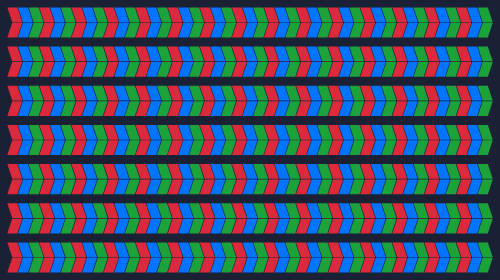


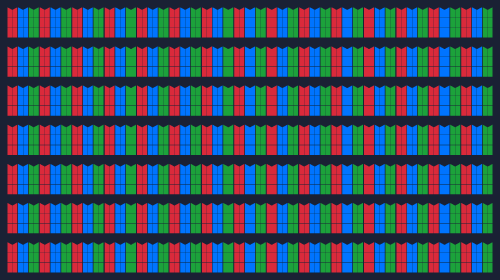


Image quality on a stable level
In terms of pure display quality, models with VAVertical Alignment, type of LCD Panel panels have the advantage of a higher native contrast value. In contrast to the IPSIn-Plane Switching, type of LCD Panel technology of the Nano81, the Samsung QLED Q60B is able to display a deeper black and thus takes the lead in this comparison.




Quantum Dots provide better HDR
Models with a VAVertical Alignment, type of LCD Panel panel score even more in the high dynamic range and can use their advantage of a better contrast ratio even more effectively thanks to the larger contrast gamut of the colors. However, you should not expect miracles from both devices in terms of price. Basically, the following applies here: The more expensive the TV, the better the contrast and peak brightness.










QLED better in the dark
If you usually watch movies and series in the evening or in a darkened environment, you will simply see a better quality outcome with Samsung’s QLED. If the TV is used more during the day or if you would describe your environment as bright and possibly flooded with highlights, a low-reflection TV with significantly more luminance is necessary.
Sound tip: Since flat-screen TVs aren’t exactly among the best in terms of sound reproduction due to their design, we recommend you consider a soundbar system. That way, you can get a lot more out of the sound and give your TV a serious touch of home theater.

Gaming TV with limitations
Both the NanoCell TV and the QLED come with HDMI 2.0 and a 60 hertz display. This does not turn these two models into gaming monsters, but it is still sufficient to display the content of the current console generation reliable.
For gaming with two or more people, we recommend using the LG TV because of the better viewing angle stability. Both are capable of cloud gaming. Thus, nothing prevents you from playing games even without a console – assuming you have a suitable Bluetooth controller and a stable Internet connection.
Different qualities
Whether you prefer to watch soccer or motor sports, you can generally do so on both devices. The difference is mainly whether you regularly watch in larger groups or limit yourself to a small circle or watch alone. So, if the TV is often surrounded by many people, the NanoCell TV would be the better choice. The QLED model offers a better picture quality on the other hand.
Equipped with additional features
Smart TV features are available on both the LG and the Samsung. While Alexa and Google Assistant are available on both operating systems, Apple Airplay and HomeKit are only supported on the LG model. You can navigate through the current webOS 22 interface on the Nano75. If you are looking for a twin tuner, you will be left empty-handed. Dolby AtmosObject-based surround sound format with 3D-Sound from any direction via HDMI eARC is supported on both sides, though.

integriert

integriert

integriert

integriert
Our conclusion:NanoCell or QLED?
Of course, this comparison does not necessarily apply to all devices featuring one or the other technology. The higher your budget, the more you can usually expect. However, we can basically say that TVs with IPSIn-Plane Switching, type of LCD Panel panels are better suited for situations with bright ambient light.
On the one hand, this is often due to the effectively better peak brightness, and on the other hand, it is due to the better reflection behavior. A visible disadvantage is the comparatively pale black value. However, the Nano75 is the exception here and shows that this doesn’t always have to be the case.
On the other hand, TVs with VAVertical Alignment, type of LCD Panel panels score particularly well with high contrast and can immerse dark scenes in much deeper black.
